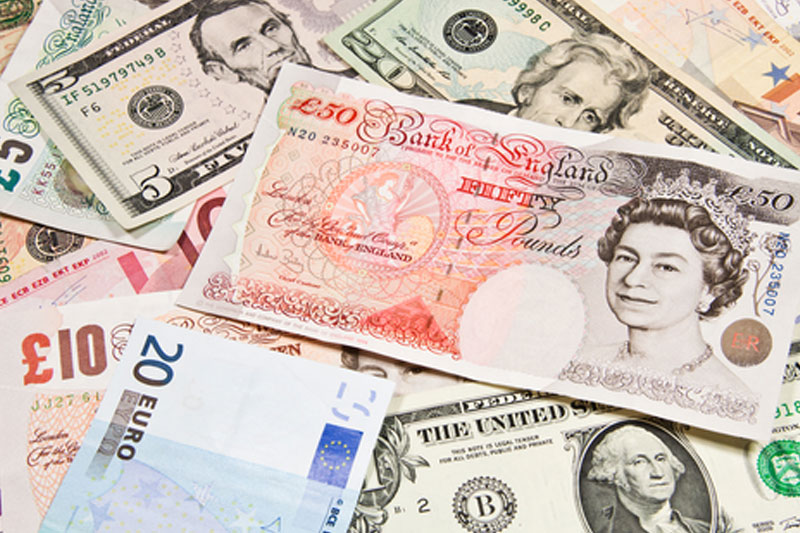Investing.com - Sterling rose to session highs against the dollar on Wednesday, as the latest opinion polls showed that support for the no campaign was narrowly in the lead ahead of Scotland’s independence referendum on Thursday, but gains were checked before the Federal Reserve’s rate statement later in the trading day.
GBP/USD hit highs of 1.6358, the most since September 4 before pulling back to 1.6317, still up 0.26% for the day.
Cable was likely to find support at around 1.6220 and resistance at the 1.6400 level.
The pound pushed higher after three separate opinion polls indicated that support for a no vote was at 52% while support for the yes campaign was at 48% ahead of Thursday's independence referendum.
Sterling tumbled to 10 month lows against the dollar last week after polls showed that support for the Scottish pro-independence vote was narrowly in the lead for the first time since the start of the campaign.
Uncertainty over what currency an independent Scotland would use, as well as concerns over how much of the U.K. national debt it would take on have rattled financial markets.
The pound received an additional boost from a strong U.K. employment report.
Earlier Wednesday, the Office for National Statistics reported that the unemployment rate fell to 6.2% in the three months to July from 6.4% in the previous three months. It was the lowest jobless rate since the late 2008 and was ahead of forecasts of 6.3%.
The number of people claiming unemployment benefits in the U.K. fell by 37,200 last month, compared to expectations for a decline of 30,000 people.
Average earning rose by 0.6% in the three months to July, above expectations for a 0.5% gain, after falling by 0.4% in the three months to June. Salaries, excluding bonuses, were up 0.7% year-over-year from 0.6% in the three months to June.
Separately, the minutes of the Bank of England’s September meeting showed that the monetary policy committee were split seven to two on whether to hike rates. Martin Weale and Ian McCafferty both voted in favor of a rate increase.
Sentiment on the dollar was dented after data on Wednesday showed that U.S. consumer prices fell for the first time in 16 months in August.
The U.S. consumer price index fell 0.2% in August, pulling the annual rate of inflation down to 1.7% from 1.9% in July.
The unexpected slowdown in inflation was due to falling energy prices the report said. Energy prices fell by 2.4% last month, including a 4.1% drop in gasoline prices.
The weak inflation data was likely to ease pressure on the Federal Reserve to amend its “considerable period” interest rate guidance pledge at the outcome of its monetary policy meeting later in the day.
The Fed was expected to cut its asset purchase program by another $10 billion at the meeting, which would keep it on track for winding up the program in October.
Fed Chair Janet Yellen was to hold what would be a closely watched press conference following the meeting.
Elsewhere, sterling also gained ground against the euro, with EUR/GBP down 0.35% to 0.7936.
